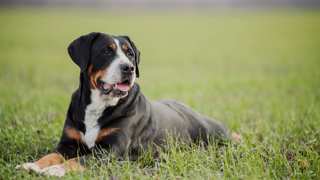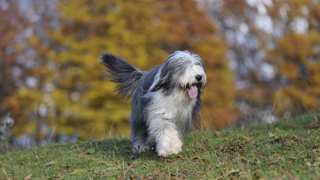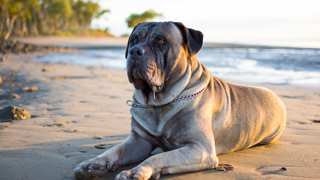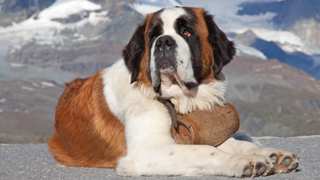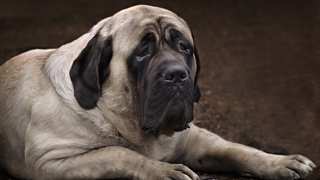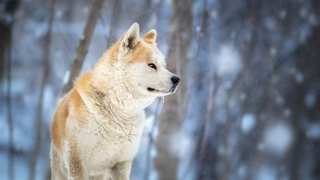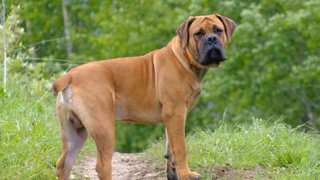The Leonberger is a large dog--which obviously means it has an equally enormous appetite. The Leonberger diet, like that of any breed, should consist of food that contains plenty of animal proteins and carbohydrates for energy, vitamins and minerals for digestive and immune health, and omega fatty acids for coat and skin wellness.
Though opinions differ over what's the best dog food for Leonbergers, the most logical and nutritious choice is premium dry food. This high-quality food, while more expensive and difficult to obtain, contains balance portions of the above-listed ingredients that your Leo will need to sustain its health in the long term. Cheap, generic dog food is not recommended for this breed, because it contains mostly empty "filler" ingredients that simply won't provide your Leo with the daily nutrition it requires. In addition, a few owners and breeders prefer to feed these dogs a diet of only fresh/raw ingredients like lean meats, fresh fruits/vegetables, and other protein sources--so it's a good idea to add some meat or vegetables (chicken, raw carrots, etc.) to one meal a day for your Leo.
Some recommended brands: Royal Canin, Blue Buffalo, and Taste of the Wild have excellent lines of premium dry food.
And of course, your Leonberger is going to eat a lot of it! The typical adult Leo, depending on its age, size, and activity level, will need about five cups of dry food per day, divided into two meals. Leo pups, again depending on their age, will need a bit less: about 3½ cups per day, divided into three meals (not two) until six months of age. For further details on feeding your Leonberger from puppyhood through maturity, refer to the following chart:
Dog AgeDog WeightFood TypeAmountFrequency2 Months25 lbsDry (Puppy formula)0.5 cups3x/day3 Months45 lbsDry0.75 cups3x/day6 Months90 lbsDry1.25 cups3x/day9 Months120 lbsDry* (Puppy/Adult)2.25 cups2x/day12 Months+140 lbsDry (Adult formula)2.5 cups2x/day*--Around this time, transition to adult food by first mixing in a bit of adult formula with the puppy formula. Over the course of a week, with each meal add a little more adult food to the mixture, until the dog is eating it entirely.
If possible, try to stick to the above-listed portions. Dogs of this breed will definitely overeat if given the chance, and will quickly become obese--and a fat Leonberger will have joint, breathing, and digestive issues, not to mention an even shorter lifespan. You can help control your Leo's weight by establishing consistent feeding and exercise schedules, by not feeding the dog table scraps, and by not leaving food in the dog's bowl all the time, thereby allowing it to eat anytime it wants. It's better to put your Leo's bowl down only at mealtimes, then pick it up 20 minutes or so after the dog begins eating.
If you're worried your Leonberger is overweight, give the dog this simple test: run a hand along its side, and if you can't feel any ribs, it's diet time. Decrease your Leo's daily food consumption by one-fourth, and add an extra walk or play period to its daily exercise schedule.

